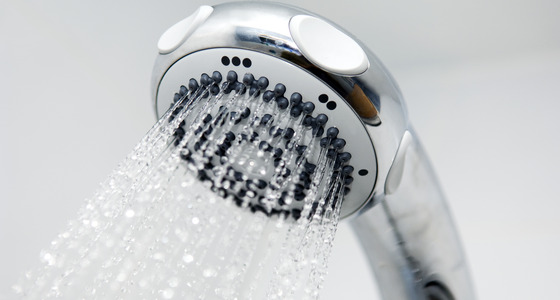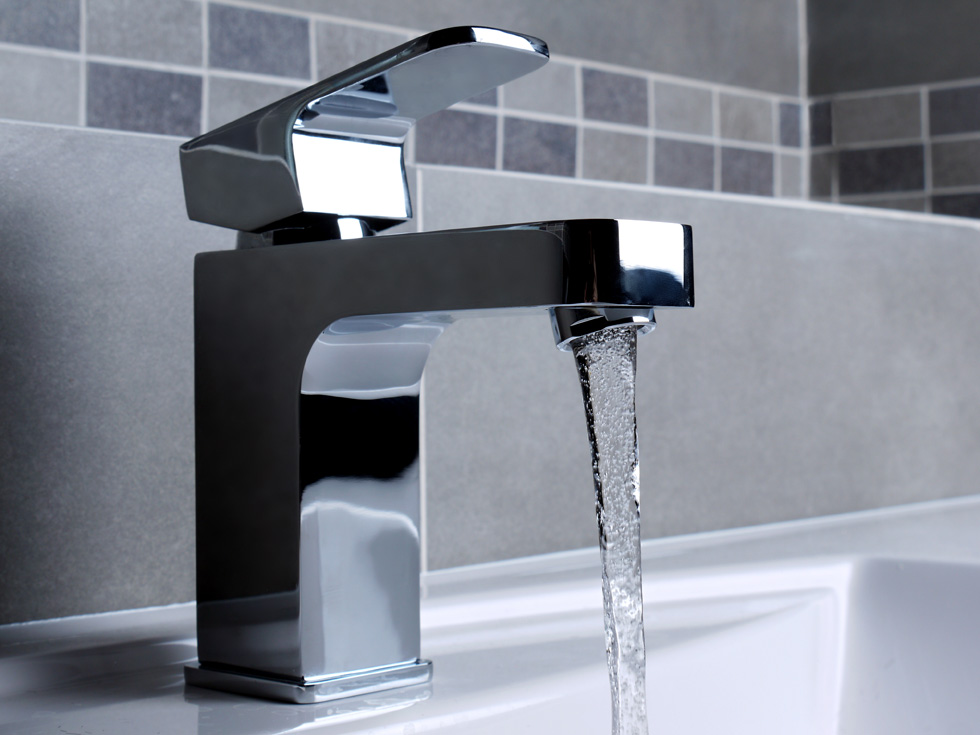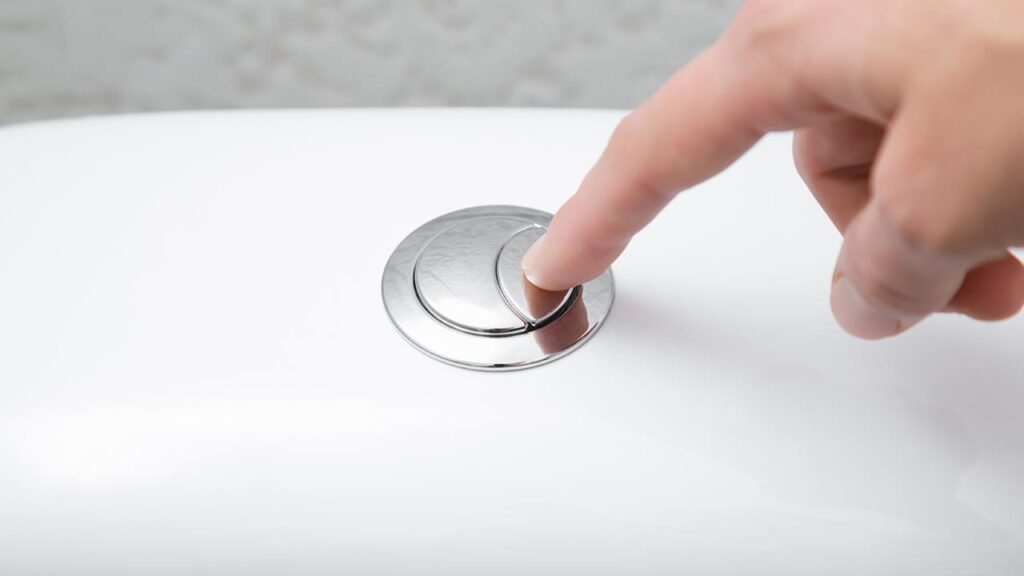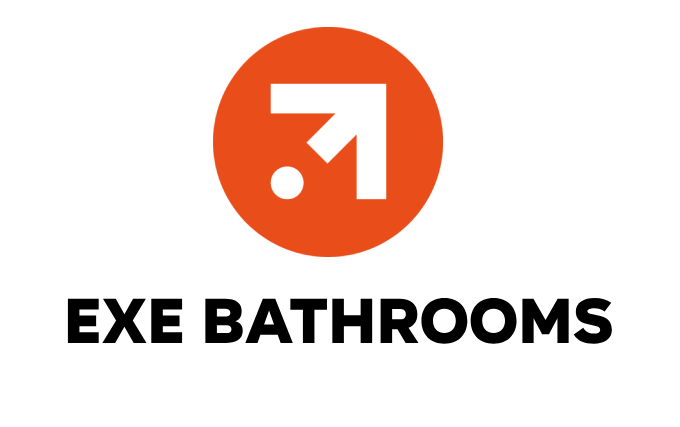- 01392 920142
- 07712398696
- info@exebathrooms.co.uk
- Unit 1, Rosamond Farm, Perkin's Village, Exeter EX5 2JG
Water is one of the most precious resources on the planet, yet it’s often taken for granted. With rising concerns about water scarcity and the need for sustainable living, adopting water-efficient bathroom fixtures is an easy yet impactful way to contribute to conservation. This guide explores everything you need to know about these innovative fixtures, their benefits, and how to incorporate them into your home.
Water-efficient bathroom fixtures are specially designed products that minimise water consumption without compromising functionality or comfort. They help households and businesses reduce water wastage, contributing to environmental sustainability.
The most popular fixtures include low-flow showerheads, taps with aerators, dual-flush toilets, and greywater recycling systems. Each plays a vital role in lowering overall water usage.
By reducing water wastage, these fixtures help preserve local water supplies and decrease the energy used to pump and heat water. This leads to lower greenhouse gas emissions.
Switching to water-efficient fixtures can significantly cut utility bills. Over time, the savings on water and energy costs outweigh the initial investment in these products.
Globally, water scarcity affects millions of people. By adopting water-saving technology, individuals contribute to worldwide efforts to conserve this vital resource.



Low-flow showerheads limit water flow to about 2.5 gallons per minute or less, compared to standard models that can use up to 5 gallons. Aerated versions mix water with air for a soft feel, while laminar-flow types deliver individual streams for a consistent flow.
These taps often include flow restrictors or sensors that shut off water when it’s not needed. For instance, touchless taps use infrared technology to detect hand movement, ensuring water flows only when required.
Dual-flush toilets offer two flushing options: one for liquid waste and another for solid waste, allowing users to choose based on necessity. These systems can save up to 67% more water compared to traditional toilets.
Look for certifications such as WaterSense, which guarantee a product meets strict efficiency and performance criteria. These labels simplify choosing the right products.
Assess your current water usage to identify areas where savings are possible. For example, an old, high-flow showerhead may be replaced with a modern, water-efficient model.
While water-efficient fixtures can have higher upfront costs, they offer significant savings over their lifespan. Calculate potential savings to weigh your investment.
Choose fixtures that complement your bathroom’s design while providing the functionality you need. Modern designs blend style with efficiency.
While some fixtures, such as low-flow showerheads, are easy to install yourself, more complex systems like greywater recycling may require professional expertise.
Issues like low water pressure can arise with certain fixtures. Consult a professional to ensure proper setup and compatibility with your plumbing system.
Regularly clean fixtures to prevent mineral buildup and inspect seals and components for wear to maintain efficiency.
Track your water usage with a water meter or app to see the tangible impact of your new fixtures. Savings can be substantial, especially for larger households.
Studies and testimonials often highlight dramatic decreases in water bills and improved functionality. Real-world experiences reinforce the value of these upgrades.
Water-efficient bathroom fixtures are a simple yet powerful way to save water, reduce costs, and contribute to global conservation efforts. By making these changes, you can enjoy modern conveniences while helping preserve vital resources for future generations.
What are the most effective water-efficient bathroom fixtures?
The most effective fixtures include low-flow showerheads, dual-flush toilets, and taps with flow restrictors.
How much water can I save by using a low-flow showerhead?
A low-flow showerhead can reduce water usage by 50%, saving thousands of litres annually.
Do water-efficient toilets require frequent maintenance?
No, they require similar maintenance to standard toilets. Quality fixtures are designed for durability.
Are water-saving fixtures suitable for older homes?
Yes, most water-efficient products are compatible with older plumbing systems, though some may require adjustments.
How can I tell if a fixture is truly water-efficient?
Look for certifications like WaterSense or similar local labels, which ensure efficiency and performance.
What is the cost difference between standard and water-saving fixtures?
Water-saving fixtures may cost 10-30% more upfront but provide significant savings over their lifetime.

EXE Bathrooms specialises in designing and installing stunning, custom bathrooms across Exeter and Devon. We offer a complete service from design to supply and installation, ensuring a seamless process and exceptional results.